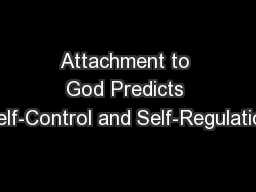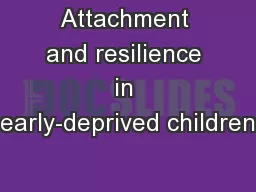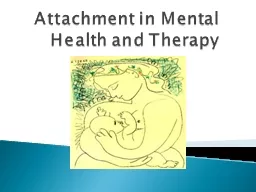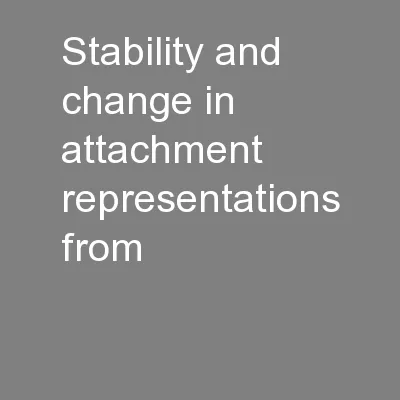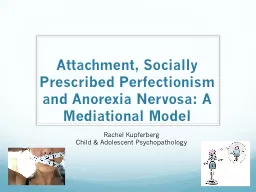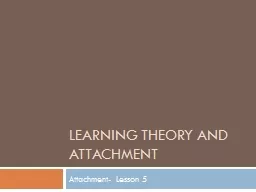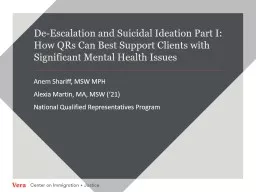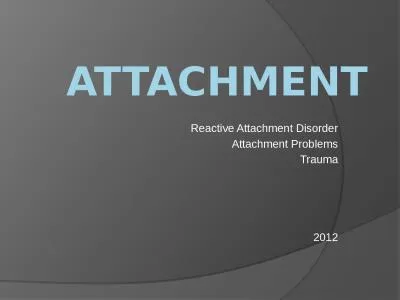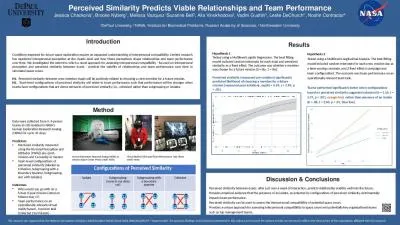PPT-Attachment to God Predicts Self-Control and Self-Regulation
Author : crashwillow | Published Date : 2020-06-16
Emma C Deihl David M Njus and Nathan Abbott Luther College Presented at the 2019 Annual Meeting of the Midwestern Psychological Association Chicago IL Selfcontrol
Presentation Embed Code
Download Presentation
Download Presentation The PPT/PDF document "Attachment to God Predicts Self-Control ..." is the property of its rightful owner. Permission is granted to download and print the materials on this website for personal, non-commercial use only, and to display it on your personal computer provided you do not modify the materials and that you retain all copyright notices contained in the materials. By downloading content from our website, you accept the terms of this agreement.
Attachment to God Predicts Self-Control and Self-Regulation: Transcript
Download Rules Of Document
"Attachment to God Predicts Self-Control and Self-Regulation"The content belongs to its owner. You may download and print it for personal use, without modification, and keep all copyright notices. By downloading, you agree to these terms.
Related Documents

